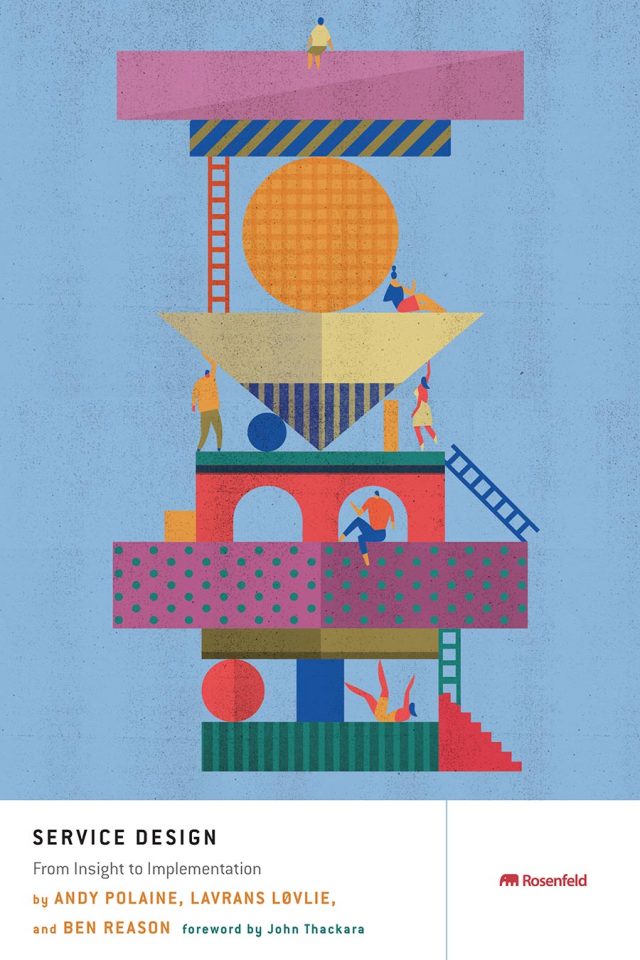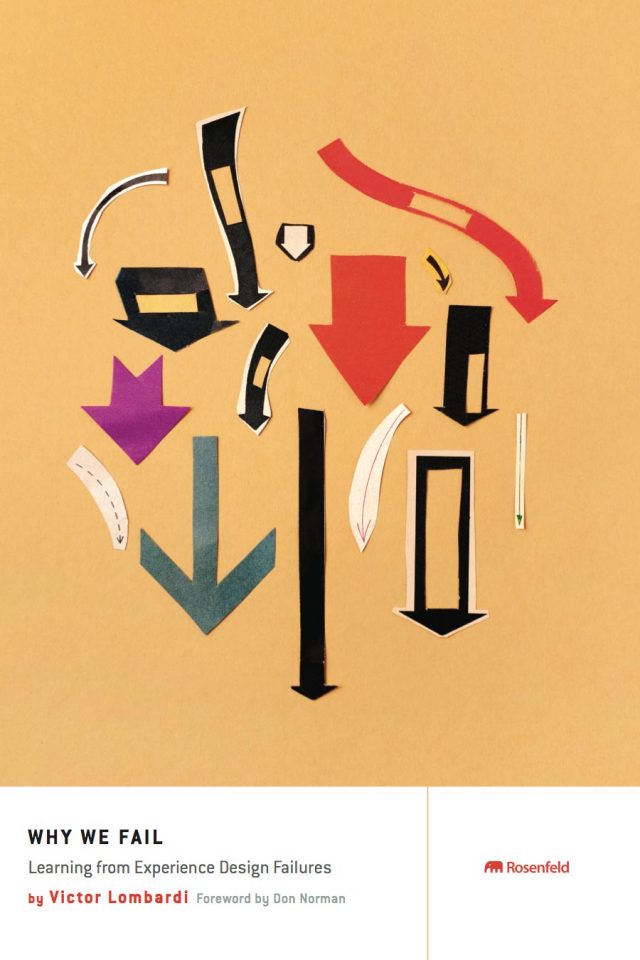Dear person who just bought this book,
I’m a little worried about you.
I’ll say why, but I should first say that this is a good book. It is one of the few books about the place where the frontiers of design, management, and a systems view of innovation all come together.
You may already know that the world of design is embracing a systems and relationship view and that the same is true for management. The new practices involve orchestration—creative cooperation by people from across the old boundaries of roles, departments, and inside-or-out.
Let’s look at some of the transformations described in these pages:
- From an us/them view of company and customer to an ecosystem view that tangles their world and ours
- From a focus on product to a focus on the way we participate in people’s moments, days, weeks, and years
- From primacy of concepts to an emphasis on stories that matter to everyone who works to make them come true
- From specialized teams making specialized results to orchestrated teams who bring quality to each touch between people and organization
- From technical and usability metrics alone to including values and principles as new criteria for quality
In actual application, these are big changes for most organizations—not only because people resist the ideas, but also because shifting “the way we do things here” is uncomfortable. These approaches invite us into new ways to see roles, the definition of “good work,” and what it means to be a thriving organization. And that is both exciting and scary.
Actually, that’s why I’m worried about you.
I imagine that you are buying the book because you’re excited by what it describes, and you aspire to implement these practices. But it will take time to see these ideas grow from the seeds in this book to exploratory sprouts and then to full flower in your organization. You’ll need patience and persistence, and a habit of celebrating small steps. When persuasion doesn’t work, you’ll need other tools: story, vision, and invitations to the sandbox. And at the risk of being cliché, you’ll need to find joy in the journey. This won’t be easy.
So I ask myself, what could help? And here’s my advice:
- Find a collaborator or two. Don’t try this alone.
- Don’t launch straight into one of the workshops. Use Chapter 11. Use it all year as the brief for applying the rest of the book. In our office, we often ask ourselves, “What conversation could we have in the next two weeks that would contribute to bringing our idea to life? Who needs to be involved, and do we need to make anything to support that conversation? Should it happen at a bar, in front of a working wall, or on a long walk together?”
These ideas can improve your ability to produce results that matter and last. But when you first pick up the book, there’s no way to predict the particular way it will take root in your work. You have to live through the process of change to find out. That may take a bit of courage and persistence, but what does it serve you to play small?
And, of course, you’re not alone. This book condenses the knowledge and experiences of a great number of people. With so many people setting out on this road, with a community of practice growing around these ideas, with so much enthusiastic exploration and imagination being captured in books like this, there is really no need for me to worry. I know you’ll be fine.
—Marc Rettig, Principal, Fit Associates and Faculty, SVA Design for Social Innovation














